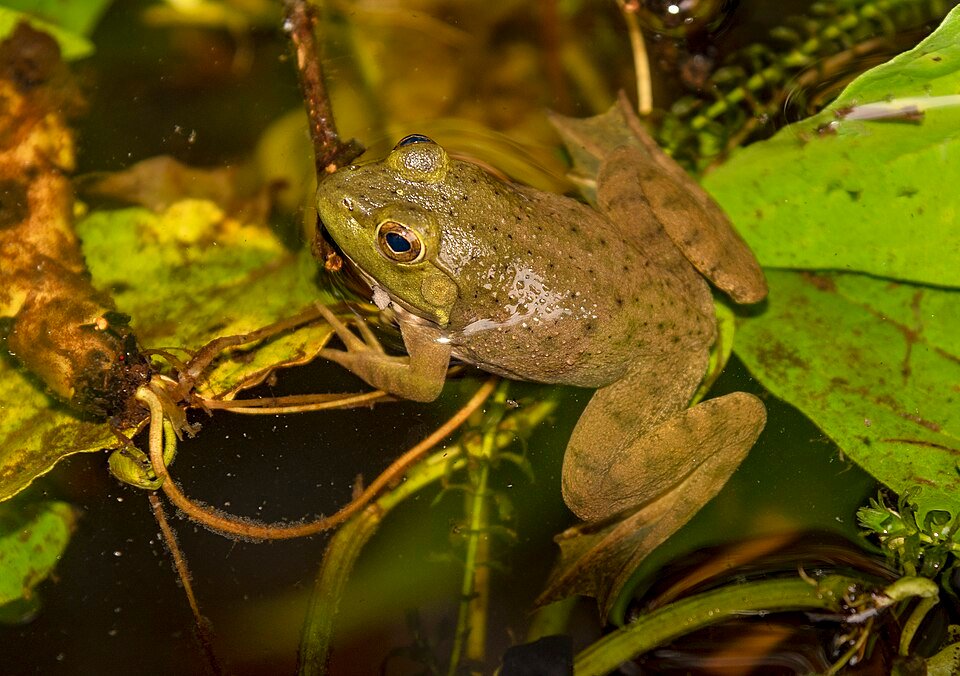Norway.- An extensive Nordic research project has looked at microplastics in marine bivalves from 100 sites spread throughout much of the Nordic waters. The study showed that microplastics were found in 4 of the 5 bivalve species investigated, and that there was a huge variation in the occurrence and type of microplastics.
This report, just published, «Microplastics in marine bivalves from the Nordic environment», was carried out by the Norwegian Institute for Water Research (NIVA) on behalf of the Norwegian Environment Agency (Miljødirektoratet), and in cooporation with institutions from all Nordic countries, including Akvaplan-niva from Norway. The project was financed by the Nordic Council of Ministers.
– This study is the first of its kind considering the large number of samples from an extensive part of the Nordic waters and the high degree of analytical quality, commented the project manager Norman Green from NIVA.
The results showed a large variation of particle types including plastic fibers and fragments, as well as rubbery particles. The many types indicate multiple sources and different transport pathways to the marine environment. Examples of plastic polymers included polyethylene, polypropylene, polyacrylate, polyvinyl chloride, polydimethylsiloxane and epoxy plastics, as well as additives to synthetic rubber products.
The purpose of the study was to map the occurrence of distribution and type of microplastics in Nordic marine waters, and trace possible sources using bivalves (e.g. mussels) as the indicator organism group. In addition, the study was to assess the usefulness of using bivalves for such a study.
– Our findings indicate that three bivalve species were suitable as indicator species to monitor microplastics in the Nordic marine environment: blue mussel (Mytilus spp.) in most of the coastal areas of the Nordic waters, Baltic clam (Limecola balthica) in the Baltic Sea, and another clam, Abra nitida, along parts of the Norwegian coast, noted Green.
This extensive study has shown that bivalves from urban and harbour areas contained microplastics. In samples from Greenland, Svalbard and Faroe Islands microplastics were not found above the limit of detection, which could be attributed to small sample size from these areas. The highest concentration of microplastics were found in the Oslofjord and the Oslo harbour area (Færder and Akershuskaia).
Stay Always Informed
Join our communities to instantly receive the most important news, reports, and analysis from the aquaculture industry.
Reference:
Bråte, I.L.N., Hurley, Ra., Lusher, A., Buenaventura, N., Halsband, C., Green, N., (2020): Microplastics in marine bivalves from the Nordic environment. Norwegian Environment Agency publication series M-1629|2020. Nordic Council of Ministers, TemaNord report TN2020:504. Link: https://pub.norden.org/temanord2020-504/
Amy Lusher, Inger Lise Nerland Bråte, Rachel Hurley, Karine Iversen and Marianne Olsen (2017): Testing of methodology for measuring microplastics in blue mussels (Mytilus spp) and sediments, and recommendations for future monitoring of microplastics(R & D-project). NIVA-rapport 7209-2017.
Li, Jiana; Lusher, Amy L; Rotchell, Jeanette M.; Deudero, Salud; Turra, Alexander; Bråte, Inger Lise N; Sun, Chengjun; Hossain, M. Shahadat; Li, Qipei; Kolandhasamy, Prabhu; Shi, Huahong (2019): Using mussel as a global bioindicator of coastal microplastic pollution. Environmental Pollution. 2019, 244, 522-533. Link: https://www.sciencedirect.com/science/article/pii/S0269749118326873
Source: Norwegian Institute for Water Research (NIVA)
Editor at the digital magazine AquaHoy. He holds a degree in Aquaculture Biology from the National University of Santa (UNS) and a Master’s degree in Science and Innovation Management from the Polytechnic University of Valencia, with postgraduate diplomas in Business Innovation and Innovation Management. He possesses extensive experience in the aquaculture and fisheries sector, having led the Fisheries Innovation Unit of the National Program for Innovation in Fisheries and Aquaculture (PNIPA). He has served as a senior consultant in technology watch, an innovation project formulator and advisor, and a lecturer at UNS. He is a member of the Peruvian College of Biologists and was recognized by the World Aquaculture Society (WAS) in 2016 for his contribution to aquaculture.



